What Is Japanese Plum Wine?
Umeshu (梅酒) or Japanese plum wine is a traditional liqueur made by steeping unripened green ume plums in alcohol (usually shochu or sake) together with crystalized sugar. The result is a golden-hued drink known for its delicate sweetness and floral aroma. Umeshu represents seasonality and the joy of sharing.
Historical and Cultural Significance
The tradition of infusing plums into alcohol in Japan dates back over a thousand years to the Heian period (794–1185). Originally used medicinally to support digestion and longevity, plum wine gradually evolved into a beloved household tradition.
By the Edo period, home-brewing umeshu had become a common seasonal ritual. Families would prepare it each early summer using nanko plums, layering them in jars with rock sugar and clear liquor. This act continues today in many homes.
Umeshu is also widely used in social rituals, served at weddings, shared during hanami (cherry blossom viewing), and gifted on festive occasions. It’s a symbol of warmth and hospitality.

Flavor Profiles and Tasting Notes
The flavor of umeshu unfolds in layers. Initially sweet like ripe cherries or golden raisins, it quickly reveals a refreshing tartness that livens the palate. Some umeshu even carry a mild bitterness from the plum skin. Aromas can include floral notes, stone fruits, and almond derived from the steeped plum pits.
These nuanced flavors are best appreciated in artisan-crafted Japanese cups. At MyJapaneseWorld.com, we offer handmade drinkware that enhances the aroma and feel of your plum wine turning each sip into a sensory moment.
How to Serve and Pair Umeshu
Umeshu is wonderfully versatile. On hot days serving it on the rocks cools and dilutes its sweetness. Alternatively, mix it with soda water for a light, fizzy cocktail known as umeshu soda.
In colder seasons umeshu is enjoyed warm in a preparation called oyuwari. This gentle heating draws out deeper notes and makes the drink especially comforting.
As a food companion, umeshu pairs beautifully with salty and umami-rich appetizers like pickled vegetables, yakitori, and agedashi tofu. It also complements creamy cheeses such as brie, as well as desserts like mochi and fruit tarts.

Varieties and Specialty Styles
Japanese plum wine comes in a range of styles. Kokuto umeshu, made with Okinawan brown sugar, adds earthy and molasses-like richness. Taruzake umeshu, aged in cedar barrels, carries smoky, woody undertones ideal for fans of aged spirits.
Other creative innovations include matcha umeshu, which balances the wine’s sweetness with the bittersweet complexity of Kyoto-grown green tea, and sparkling umeshu, which is crisp, festive, and often served at brunch or during celebrations.
Notable Brands and Unique Bottles
Well known producers include Choya, which offers accessible bottles for everyday enjoyment as well as aged and premium expressions. Takara Shuzo is respected for its smooth and layered umeshu, often aged or cedar-barrel matured.
For a refined experience, Dassai Umeshu blends premium sake with plum infusion, resulting in an elegant, floral profile. Boutique producers continue to innovate with unique ingredients like yuzu, roasted green tea, or fully ripened wild plums, often in beautifully designed bottles perfect for gifting.

Buying Japanese Plum Wine Abroad
When shopping internationally, look for umeshu that clearly states its Japanese origin and preferably lists nanko plums. Avoid artificially flavored versions and stick to reputable liquor stores or online retailers that specialize in Japanese imports.
Be sure to review local age restrictions and alcohol import laws to ensure a smooth and legal purchase experience.
Umeshu Festivals and Experiences
Held annually, the National Plum Wine Festival showcases over 100 varieties of umeshu and includes workshops, pairings, and tasting sessions. Cities like Tokyo, Osaka, and Kyoto host these lively events to celebrate regional producers and seasonal flavors.
For a deeper experience, distilleries such as Choya Umeshu Museum or Takara Shuzo offer tasting tours and behind-the-scenes access to traditional brewing methods. These experiences are ideal for travelers interested in Japan’s artisanal beverage culture.
Umeshu in Contemporary Mixology
Modern mixologists embrace umeshu for its sweetness and aromatic depth. The Umeshu Spritz, combining umeshu, dry sparkling wine, and soda water, is a popular choice for summer. For something unique, the Umeshu Mojito replaces rum with umeshu and retains mint and lime, offering a softer, fruit-forward twist on the classic.
Frequently Asked Questions (FAQ)
What is the difference between Japanese umeshu and Western-style plum wine?
Japanese umeshu is a liqueur made by infusing whole plums in alcohol and sugar. Western plum wine is usually fermented from plum juice. Umeshu is typically sweeter, smoother, and lower in alcohol.
Can umeshu be aged?
Yes. Aged umeshu develops greater depth and mellow sweetness. Some versions are matured for five to ten years and offer a more complex profile than fresh bottles.
Is umeshu gluten-free or vegan?
Most umeshu is gluten-free, especially when made with rice-based alcohol. Vegan status depends on the use of fining agents, though most traditional producers avoid animal-based products. Always check the label.
How should I store opened umeshu?
Keep it sealed in the refrigerator. Umeshu retains optimal flavor for 3–6 months after opening but remains drinkable for longer.
Can I make umeshu at home?
In Japan, it’s a common seasonal tradition. However, home infusion laws vary by country. Check your local alcohol regulations before attempting to make it yourself.
A Toast to Responsible Enjoyment
Whether served chilled or warm, umeshu invites slow, mindful sipping. Please enjoy responsibly and respect your local alcohol laws.


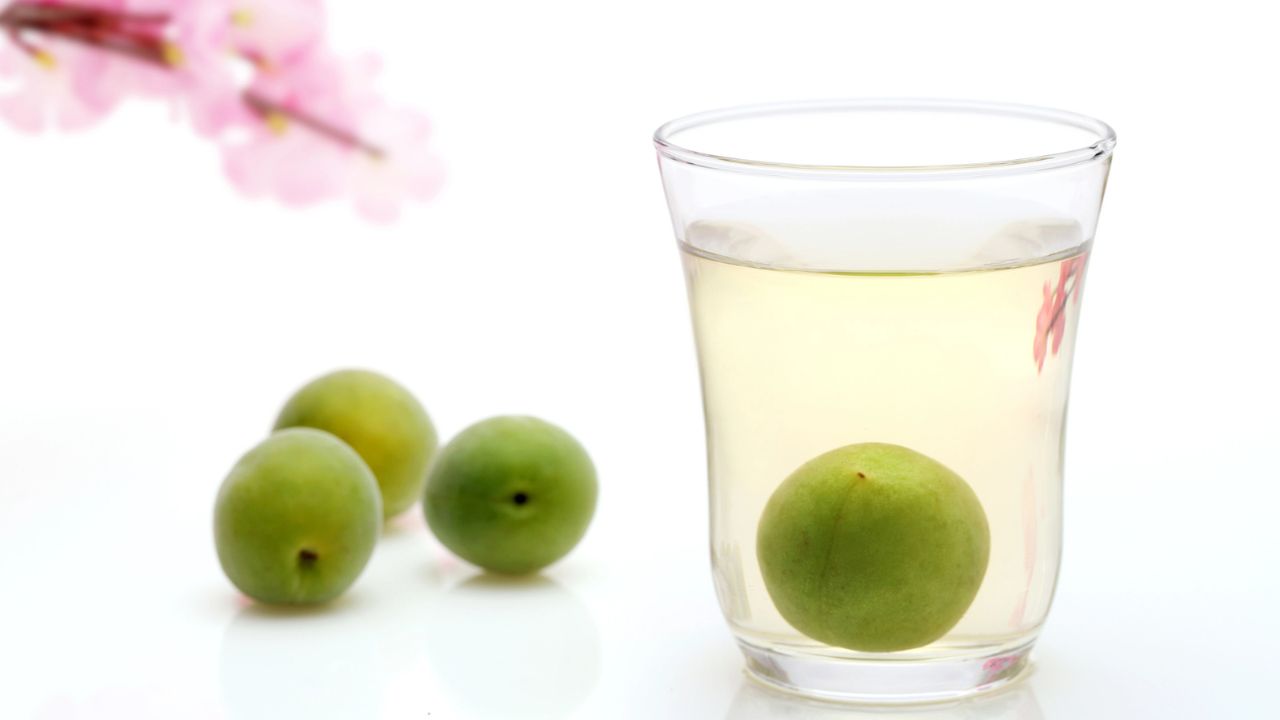

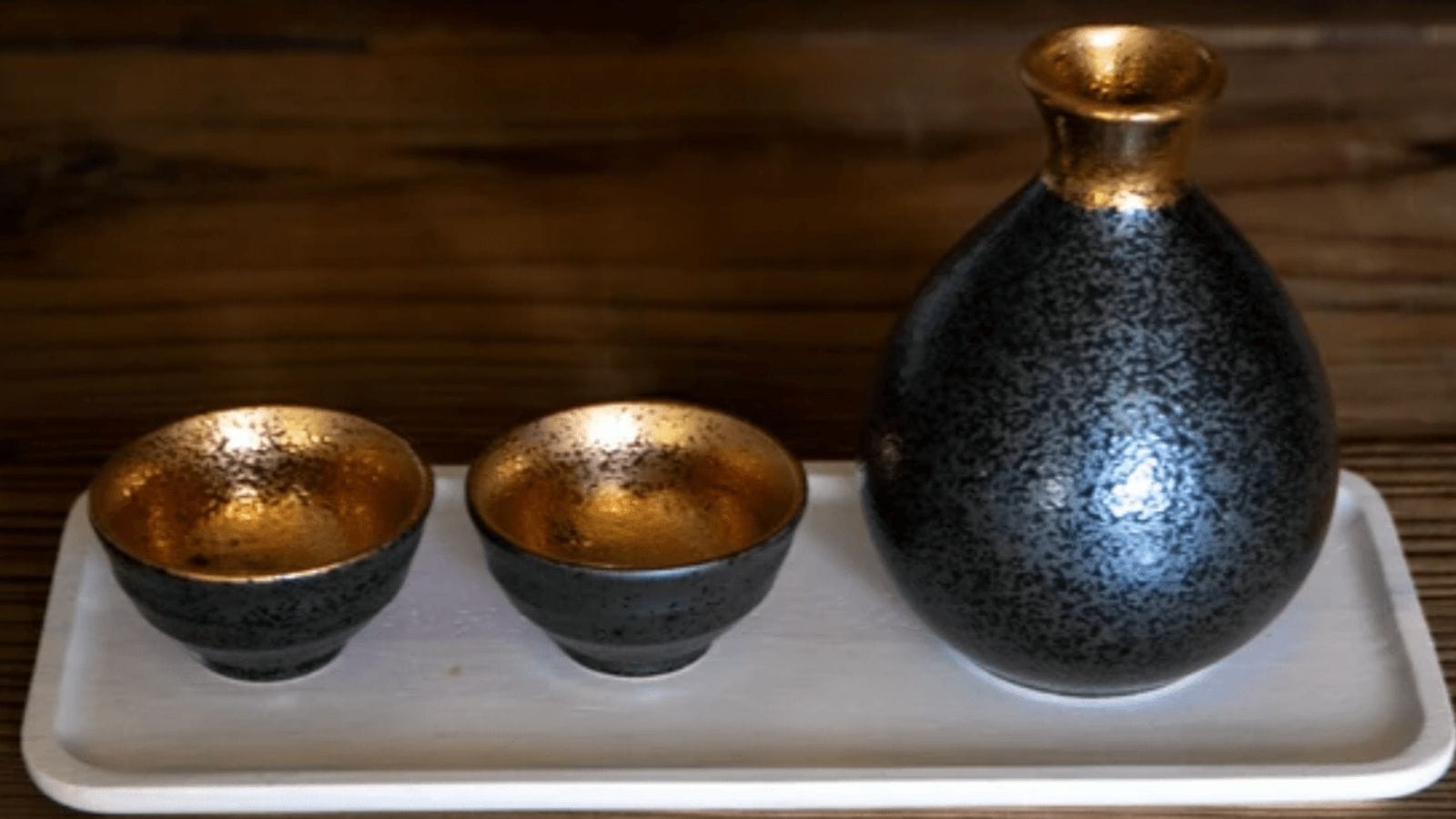


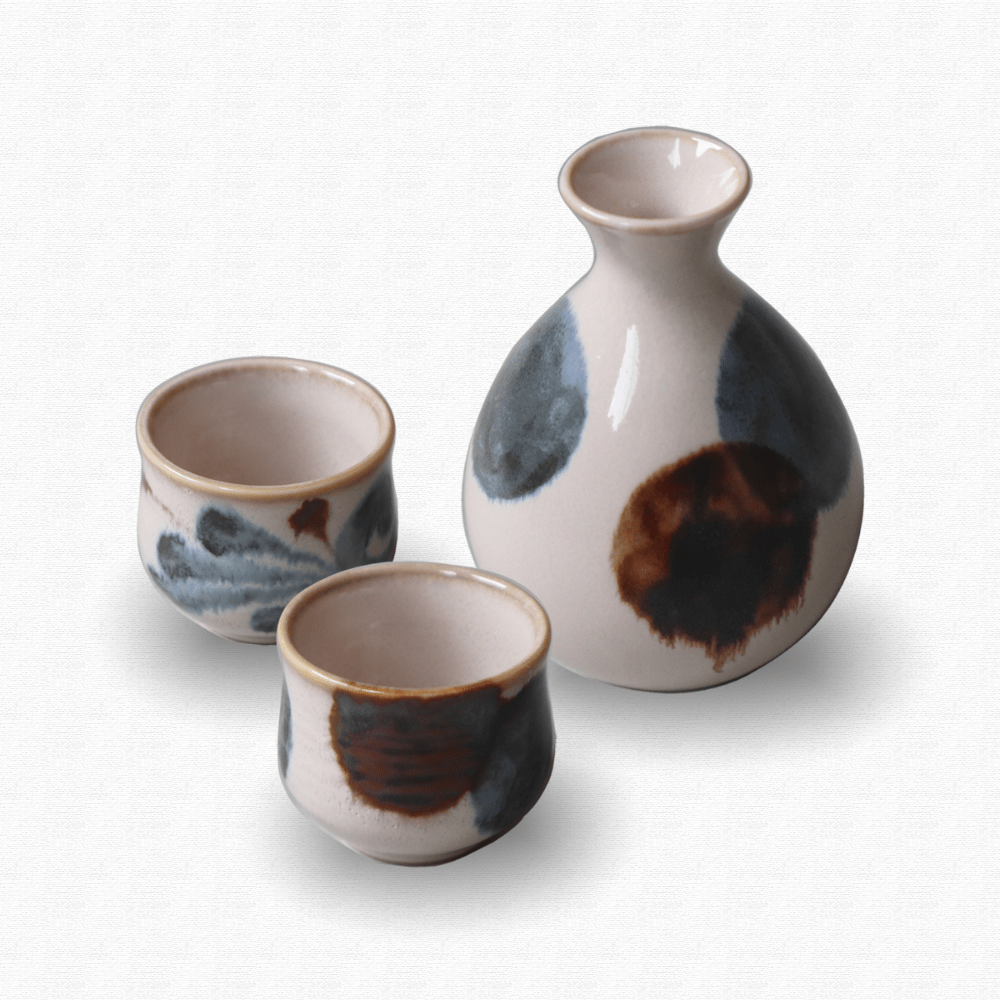
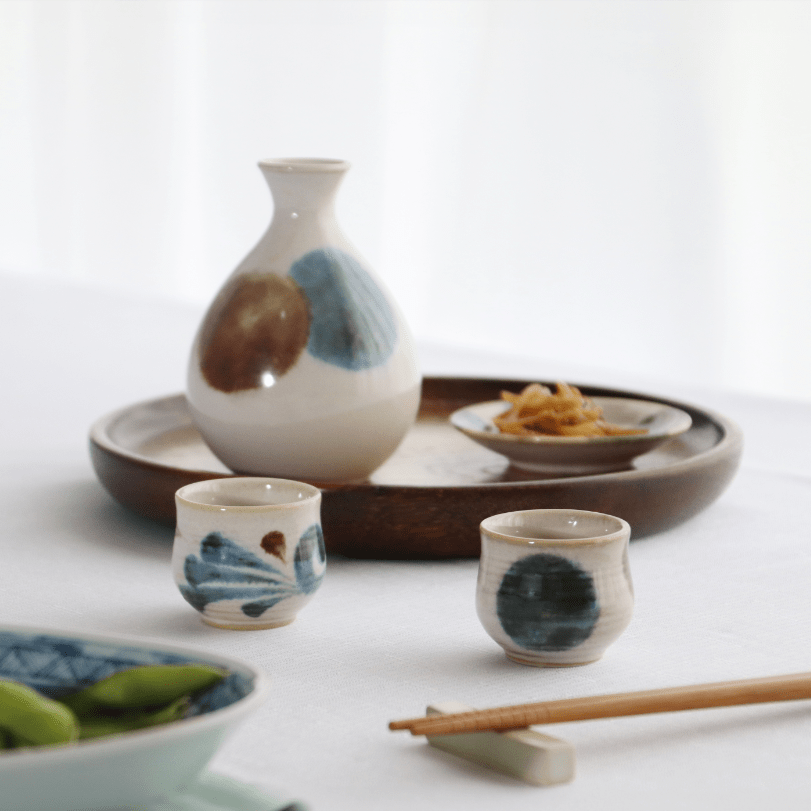
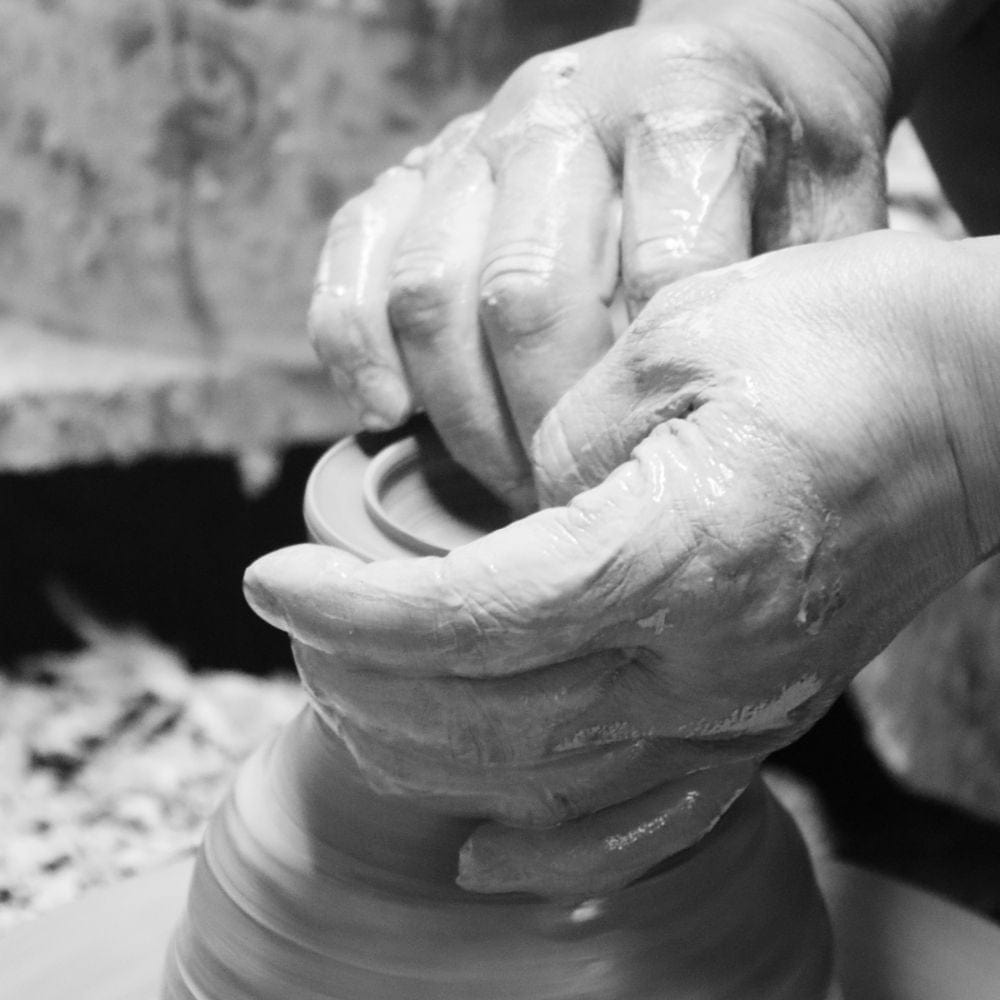
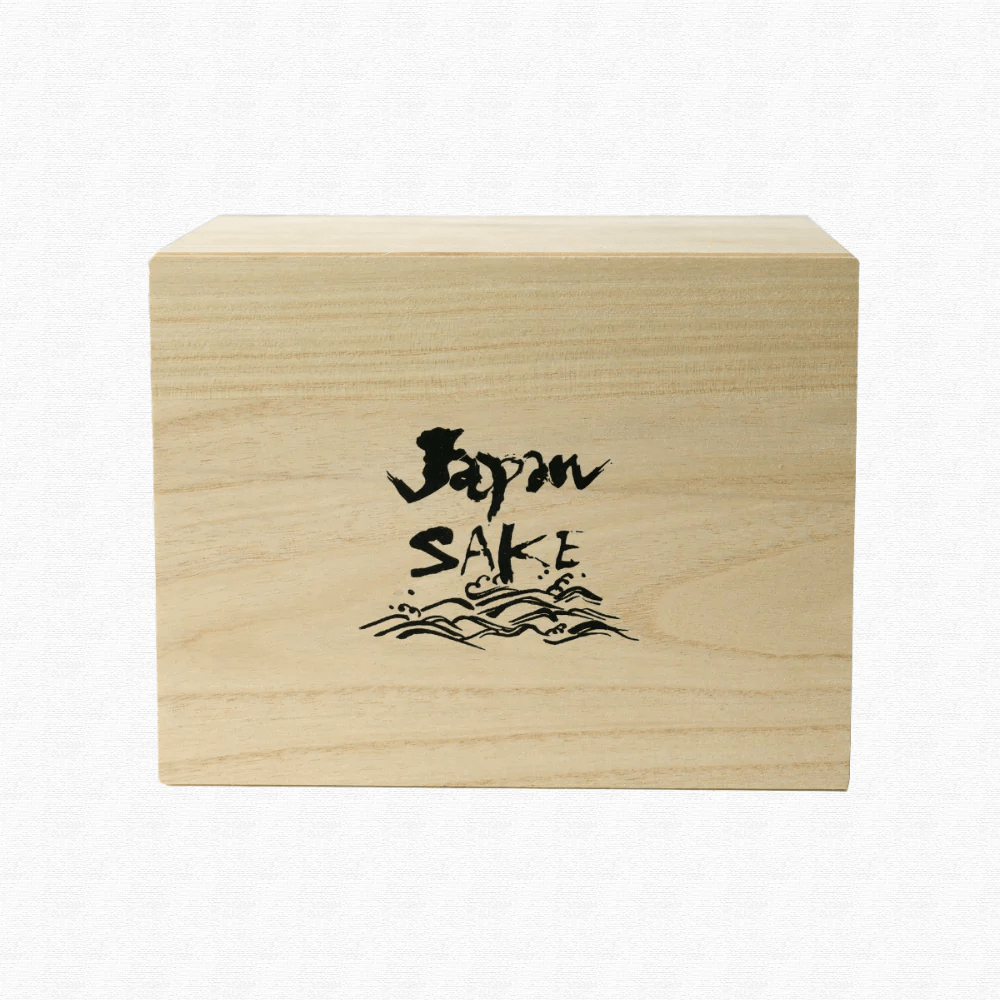
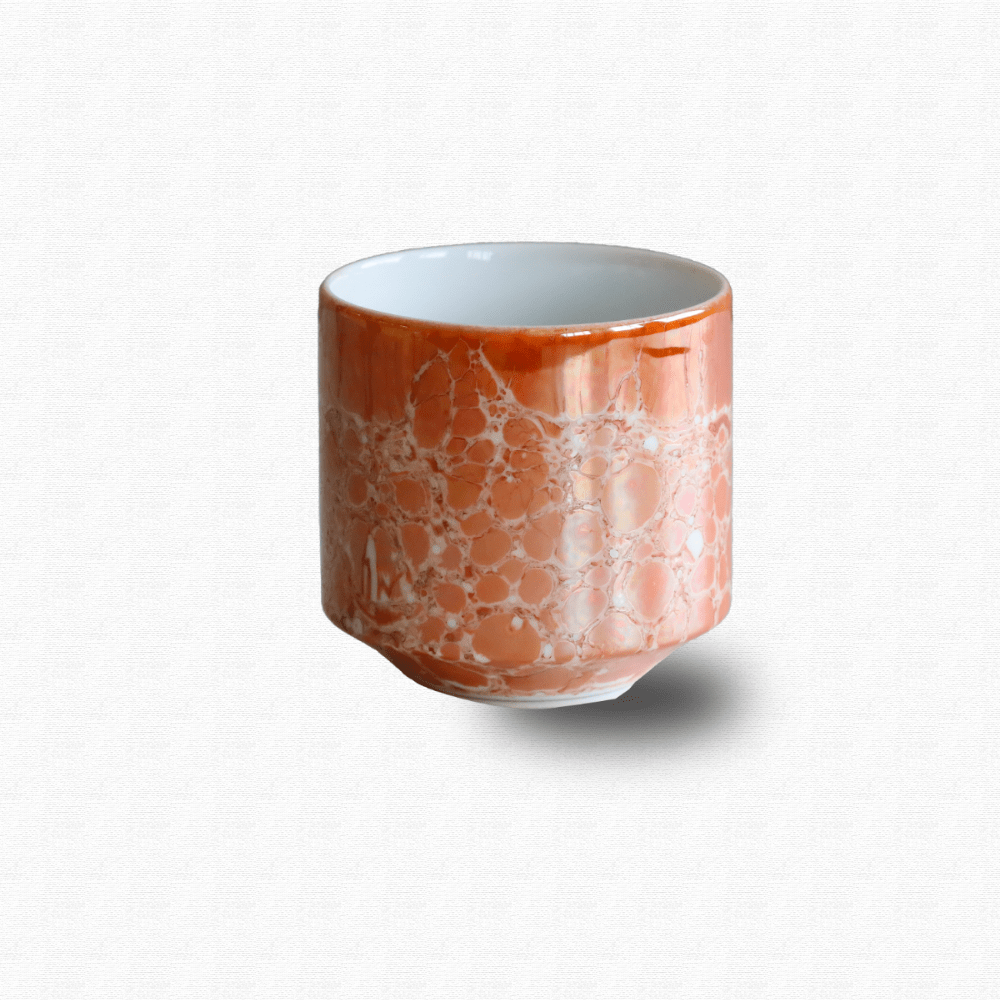
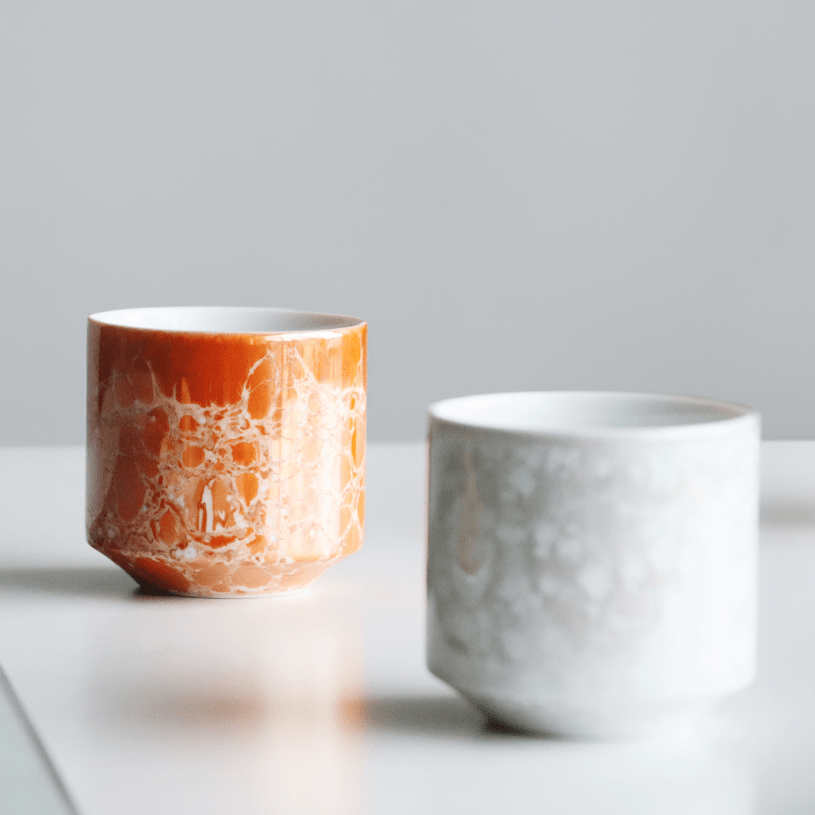
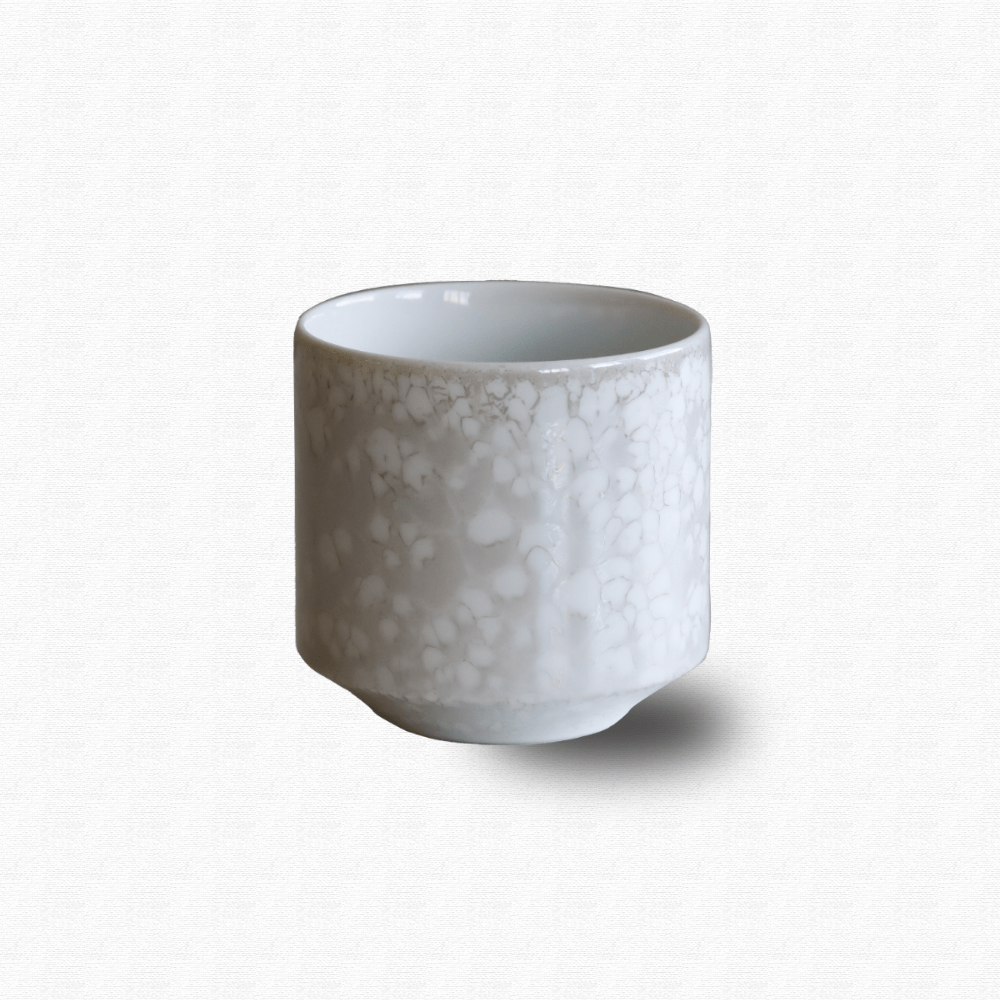

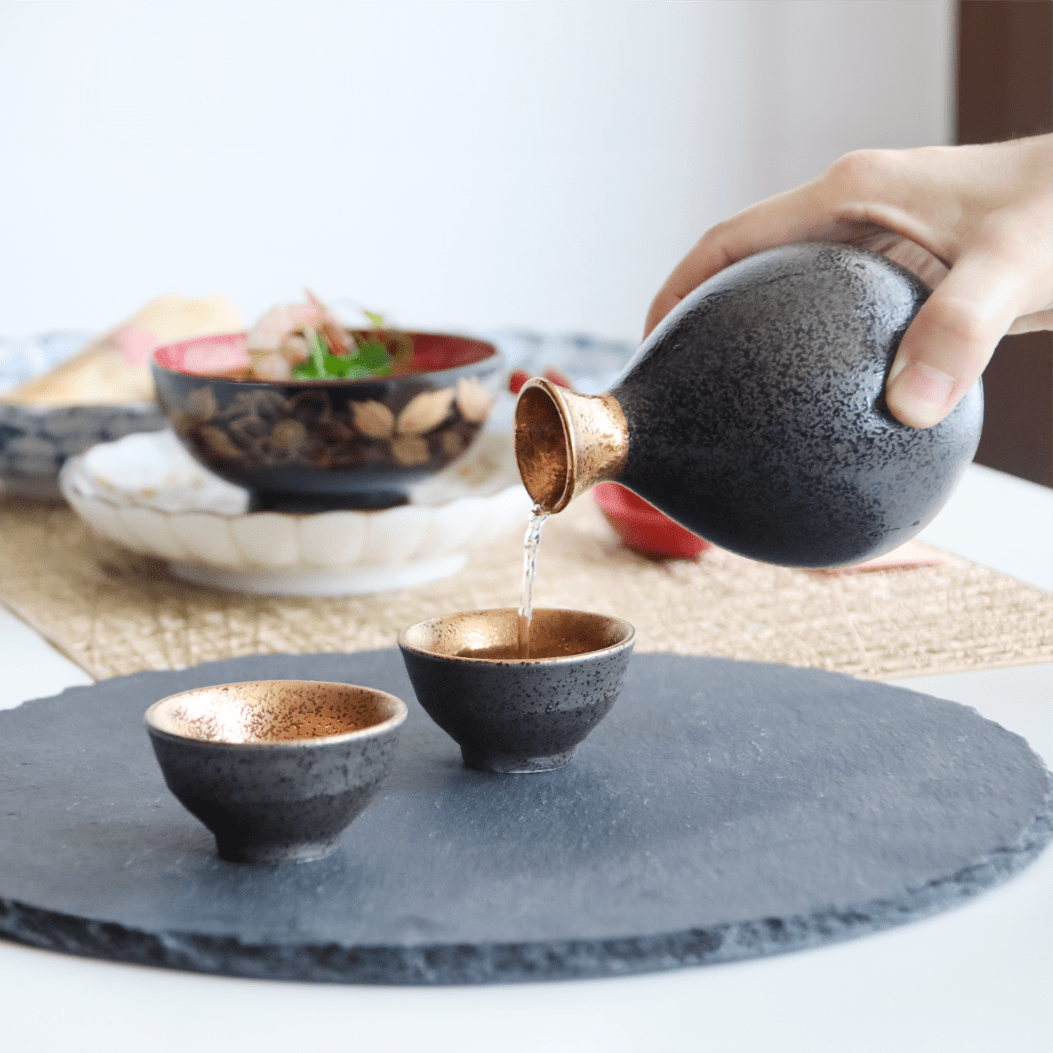
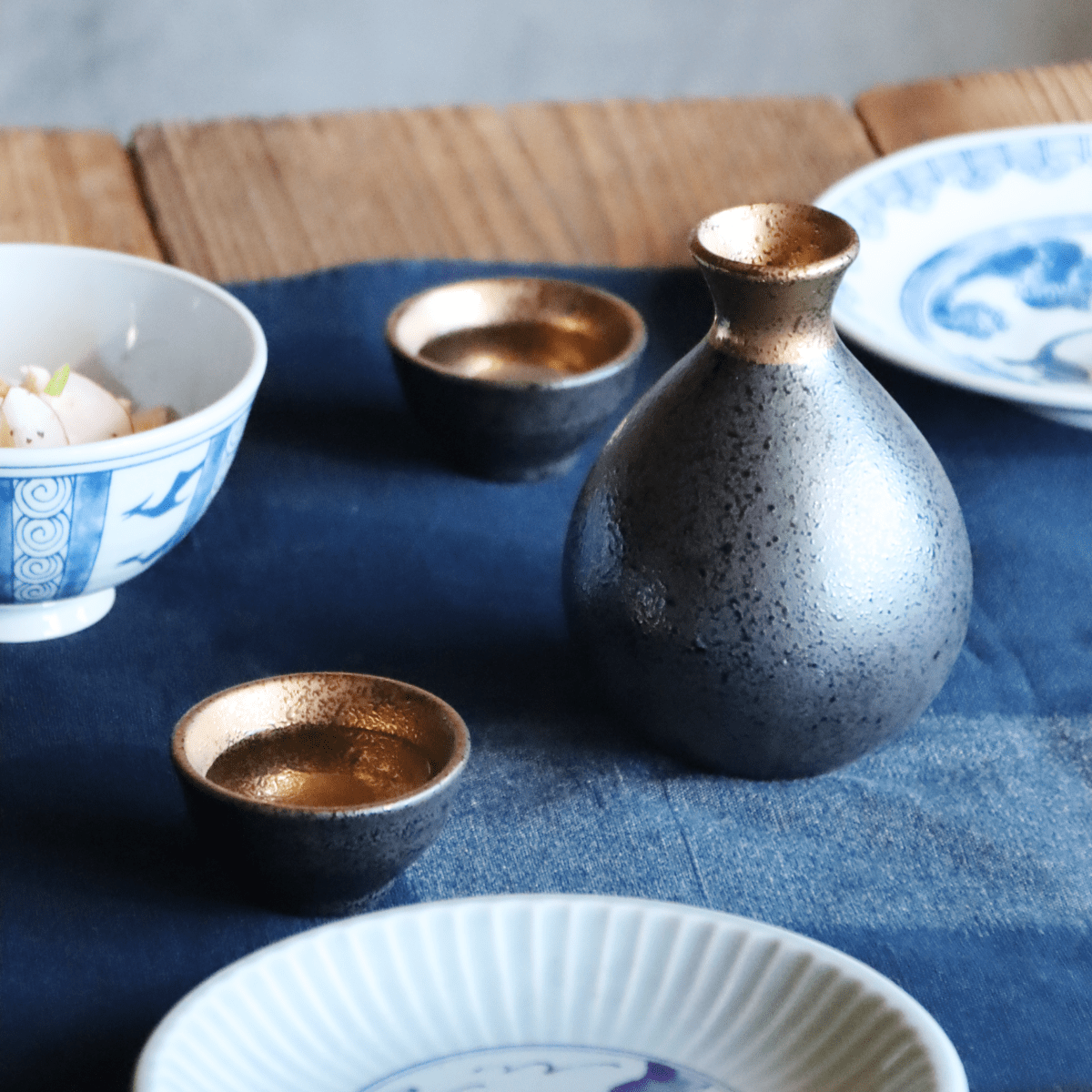
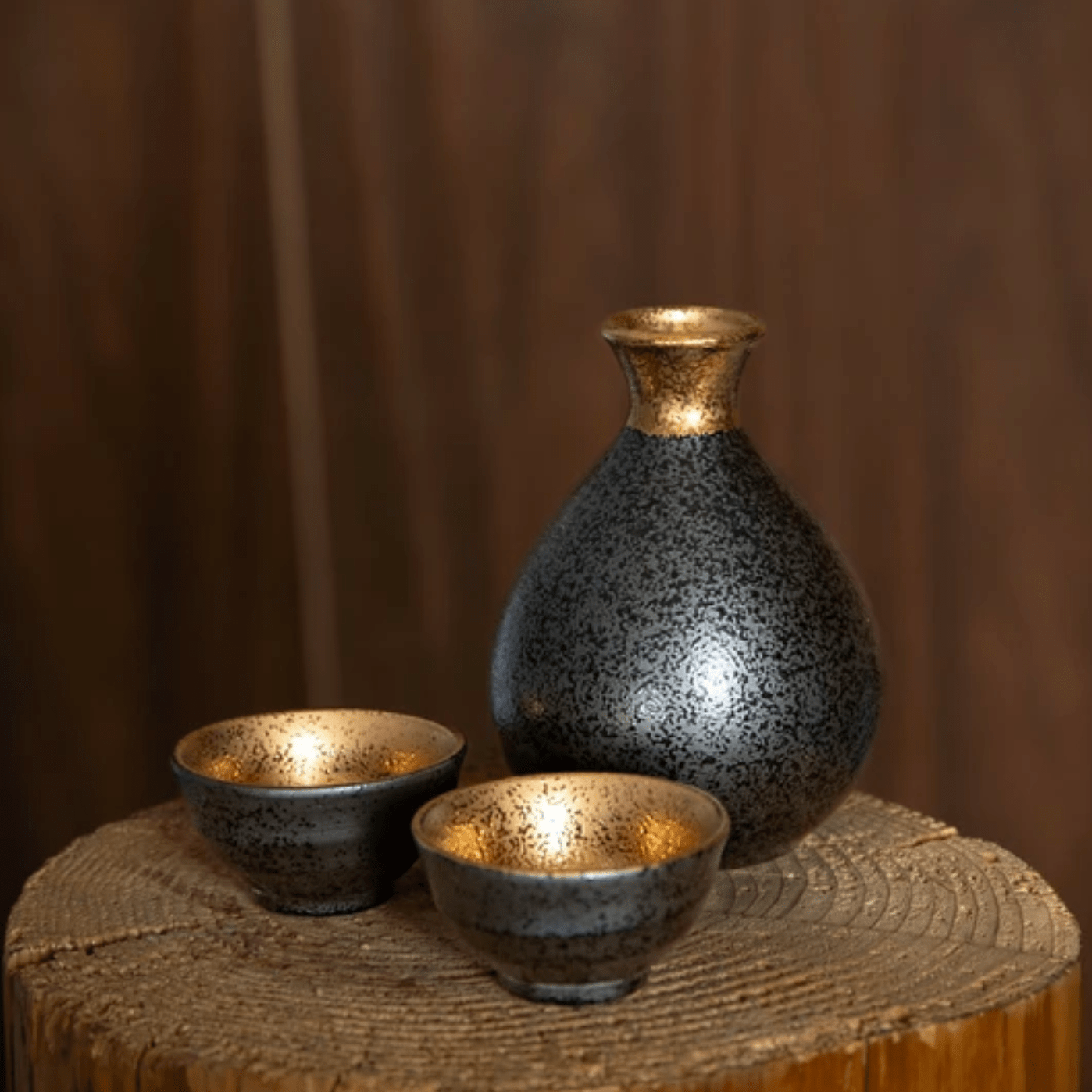
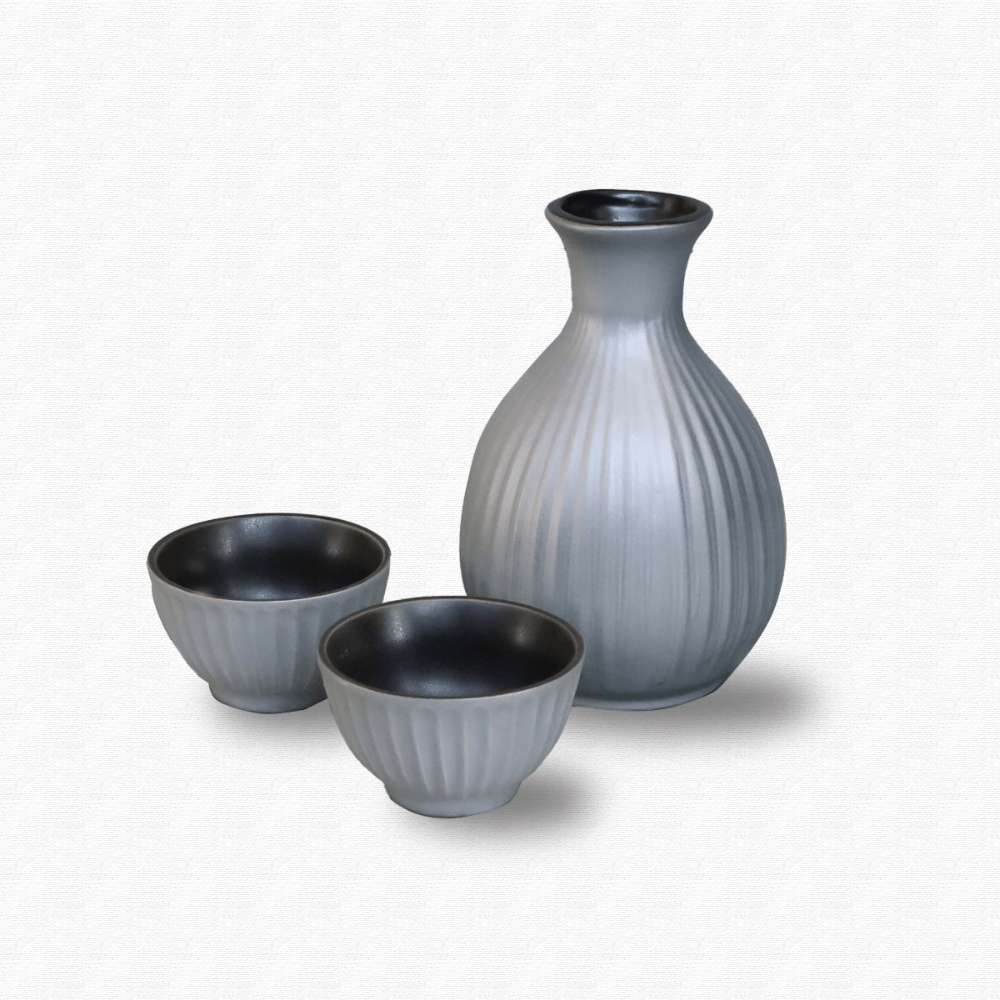
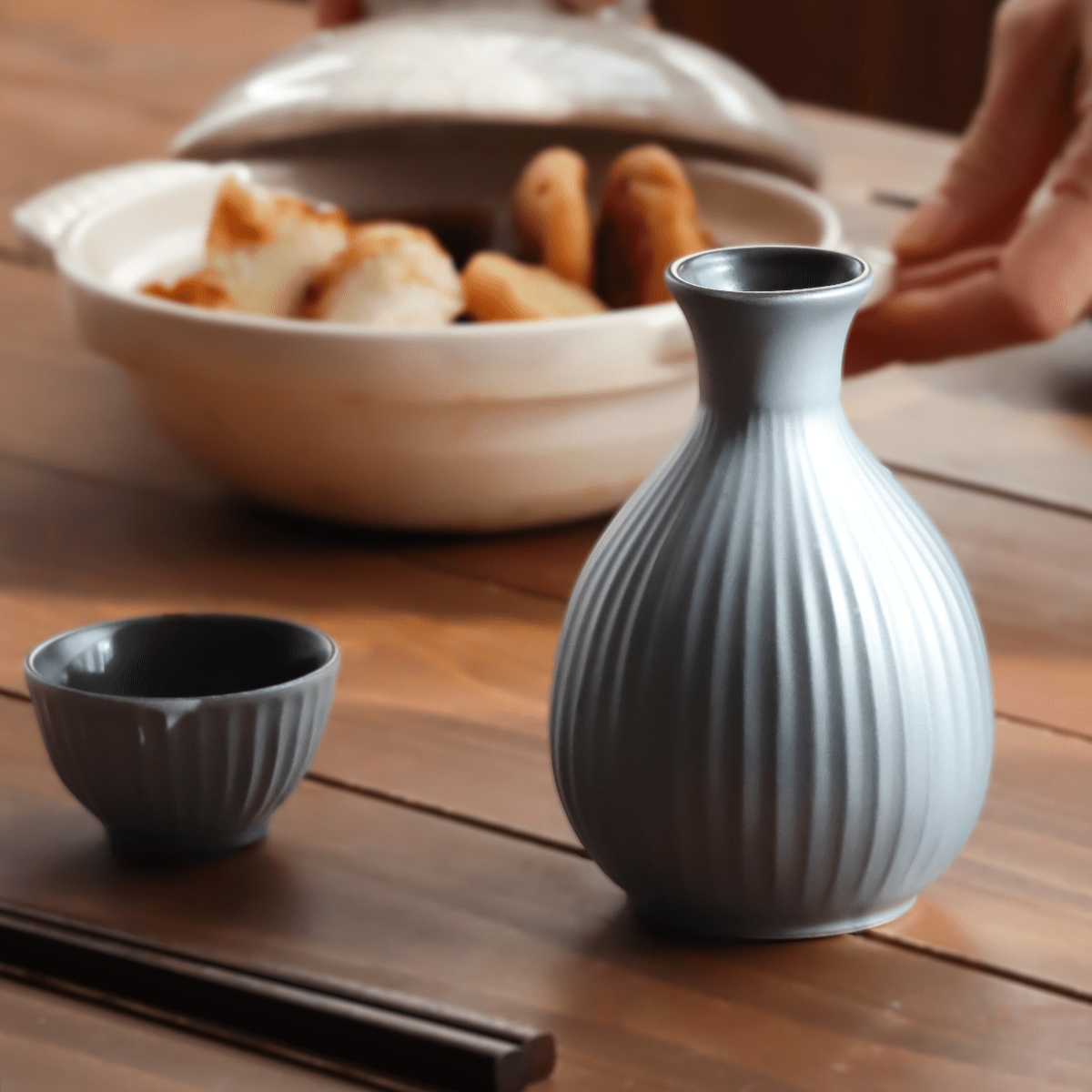
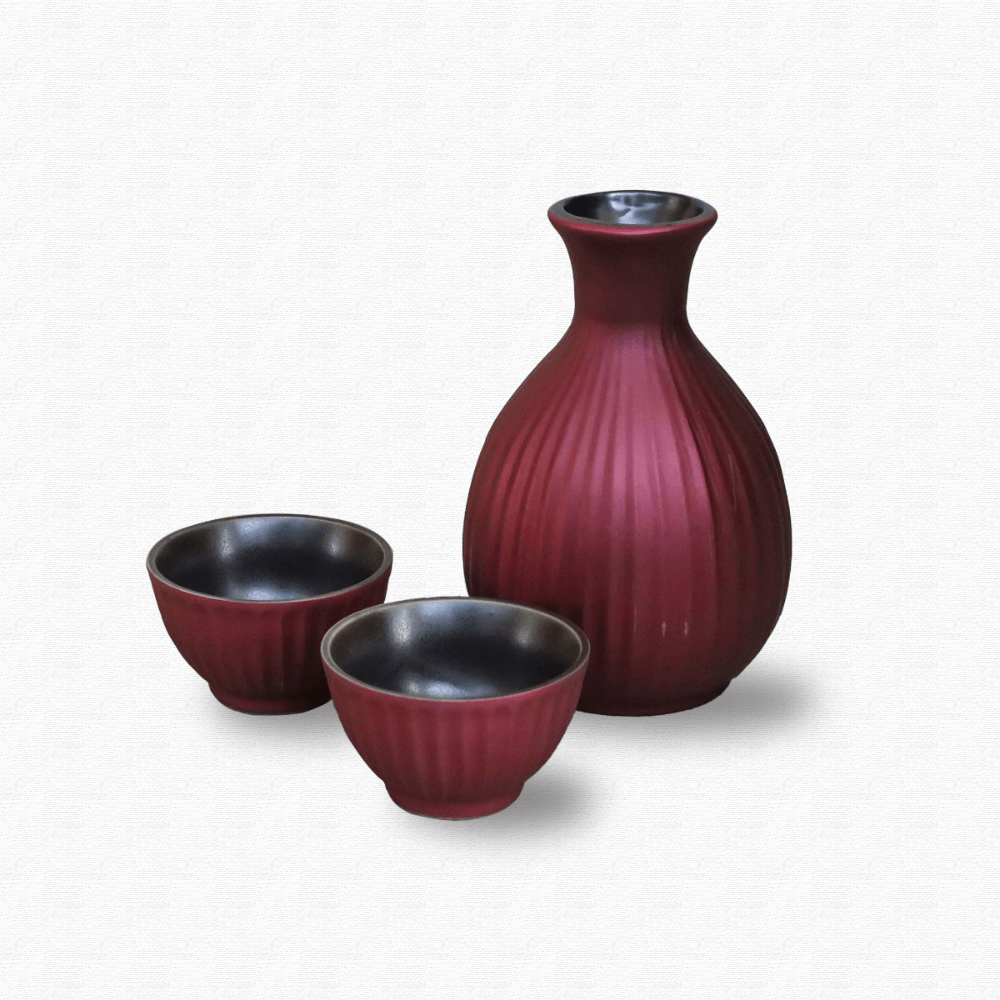
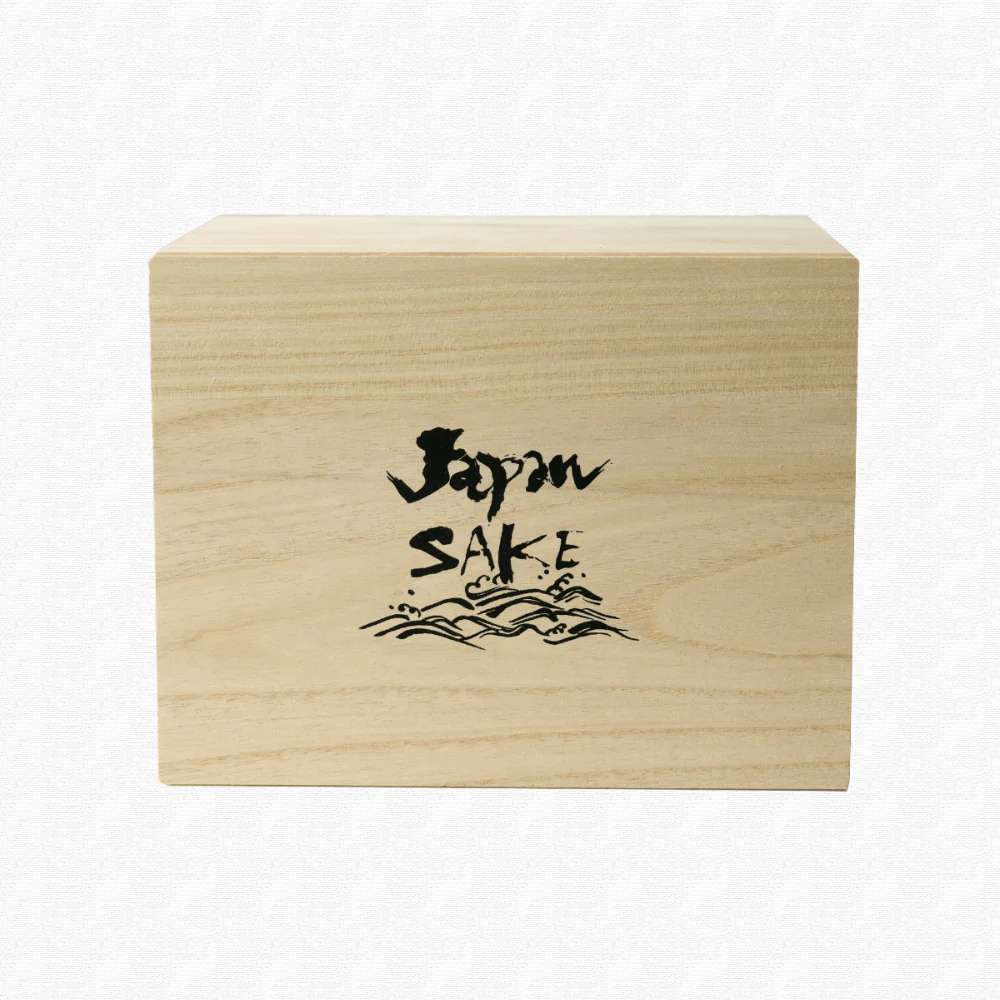
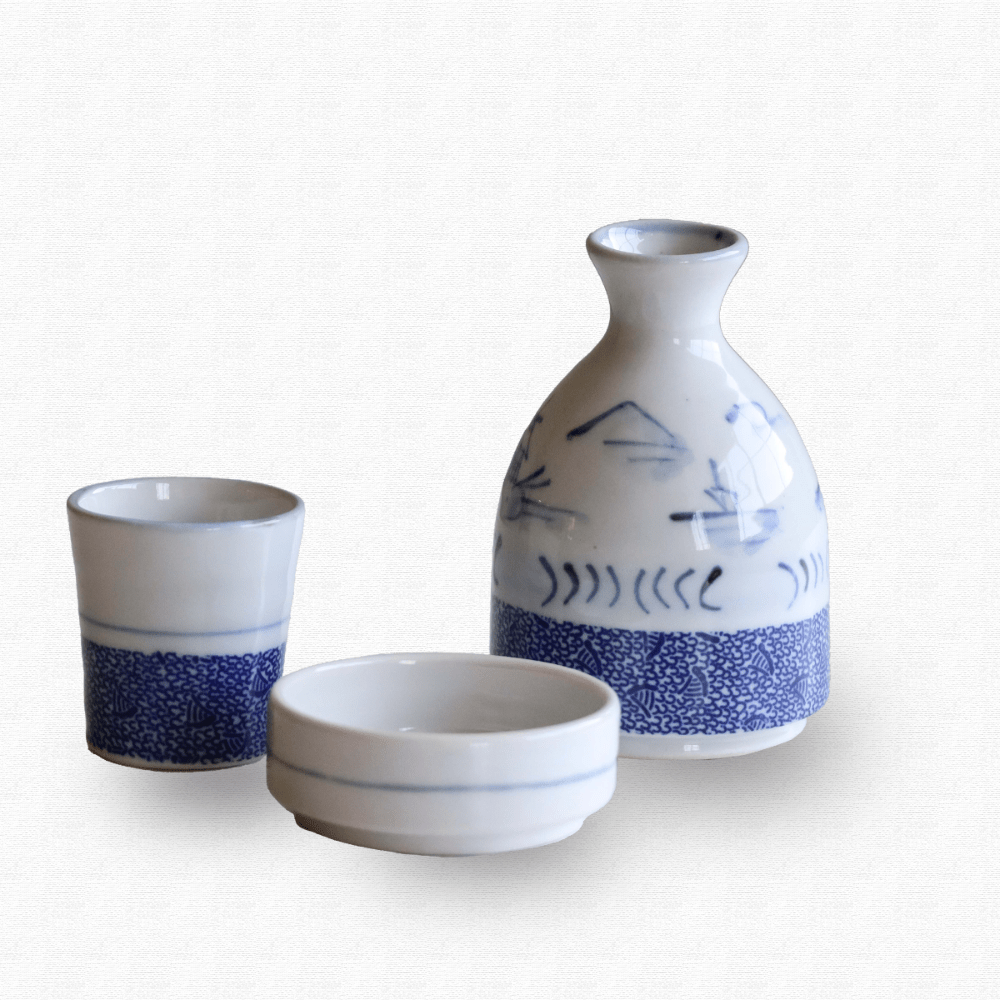

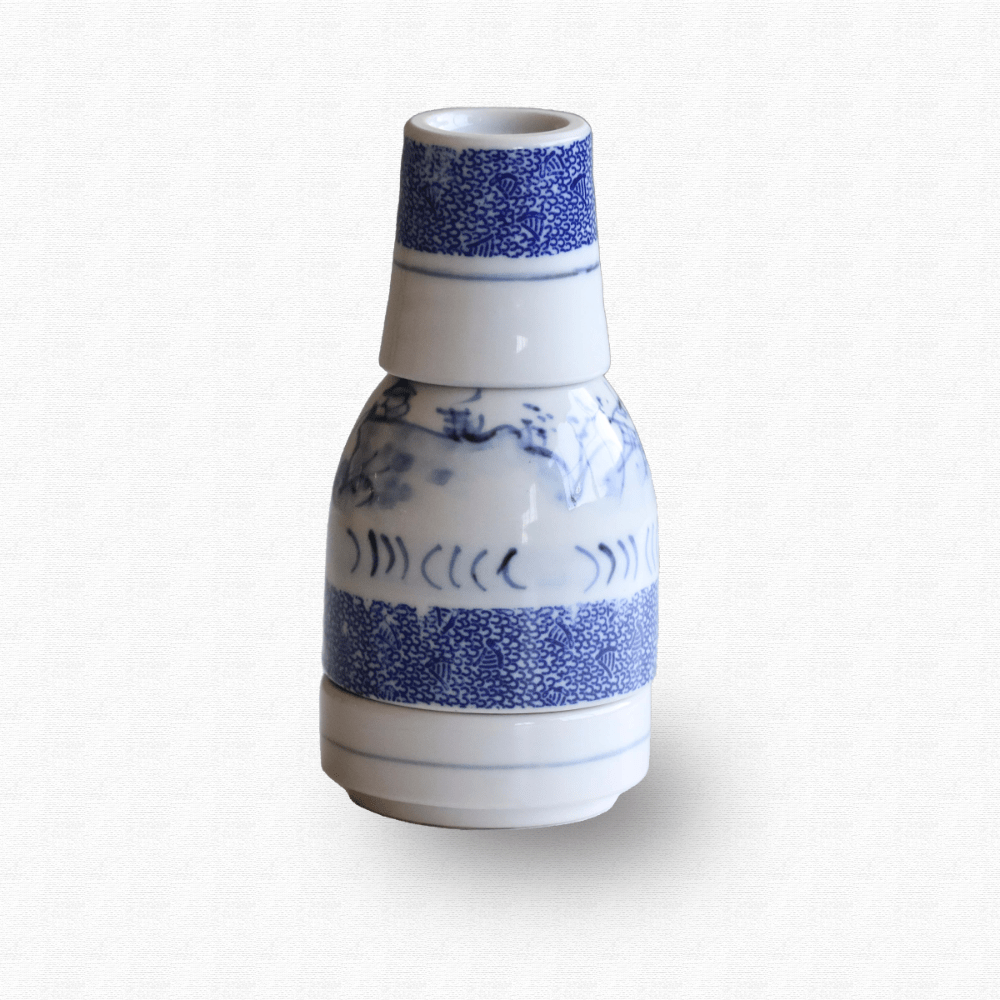
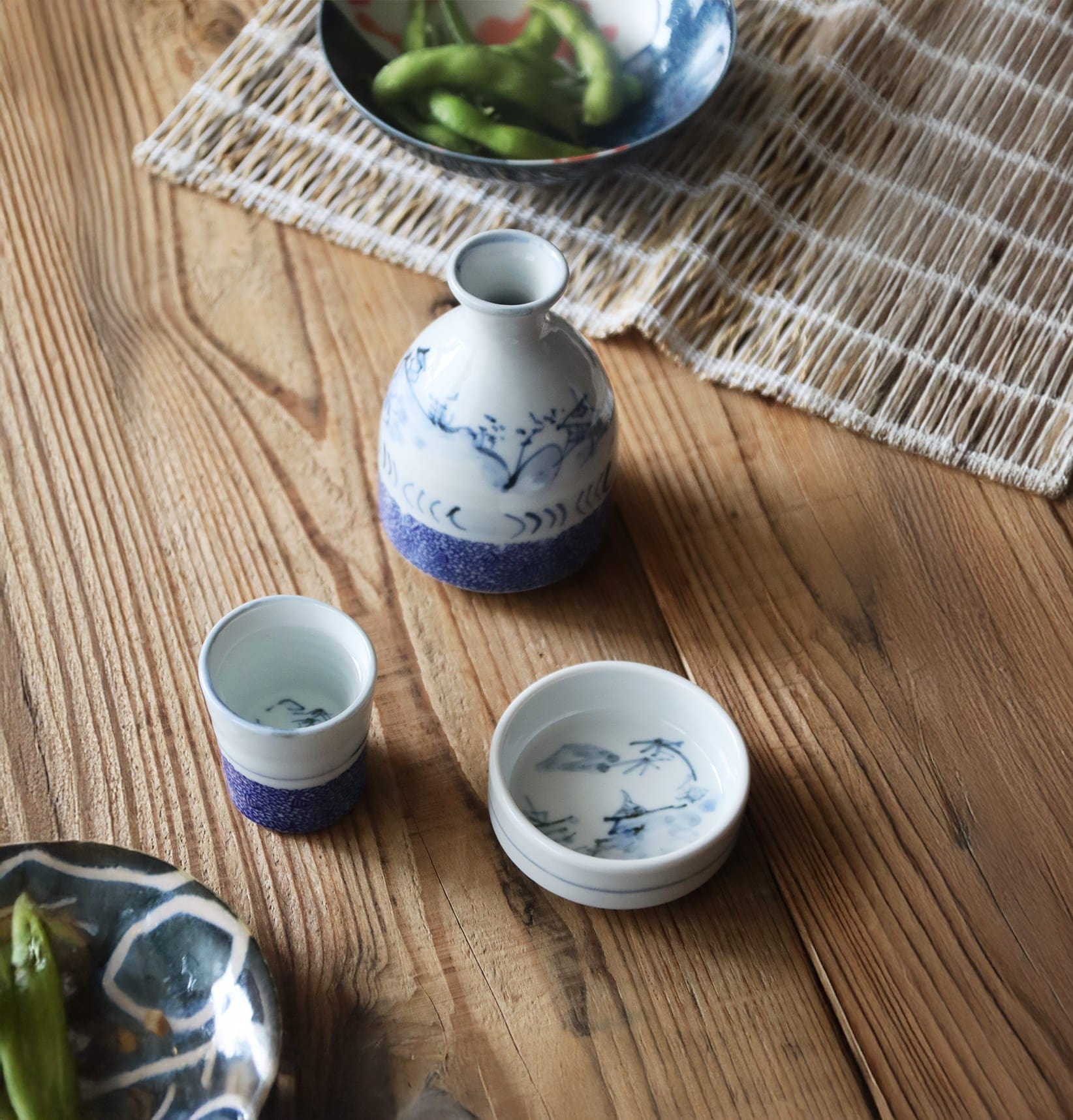
Share: